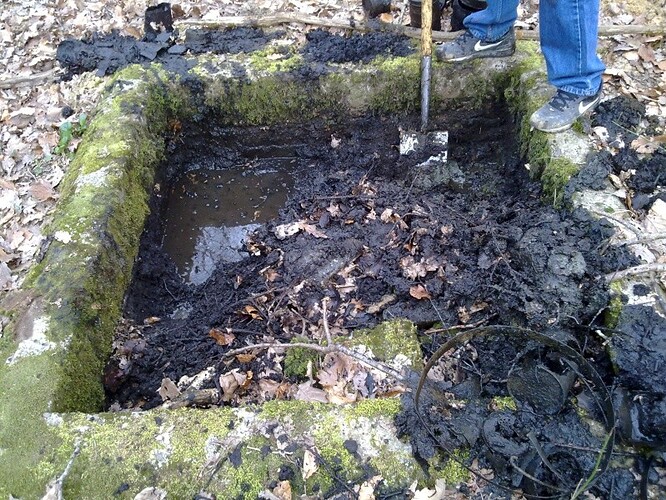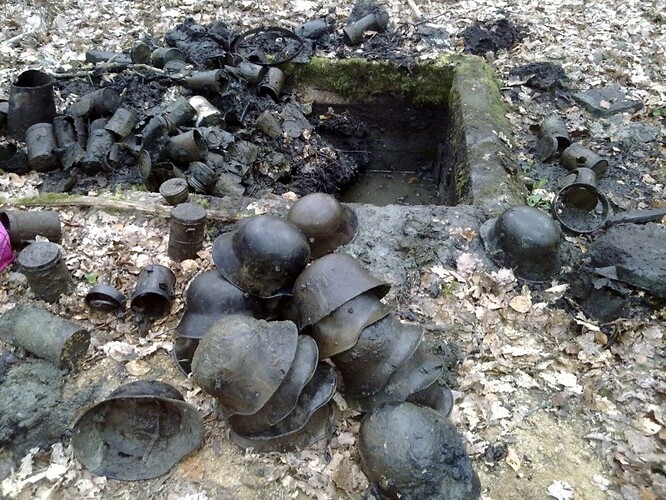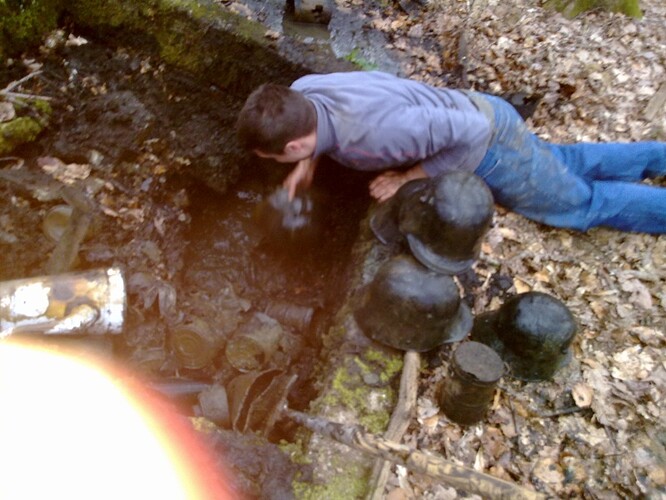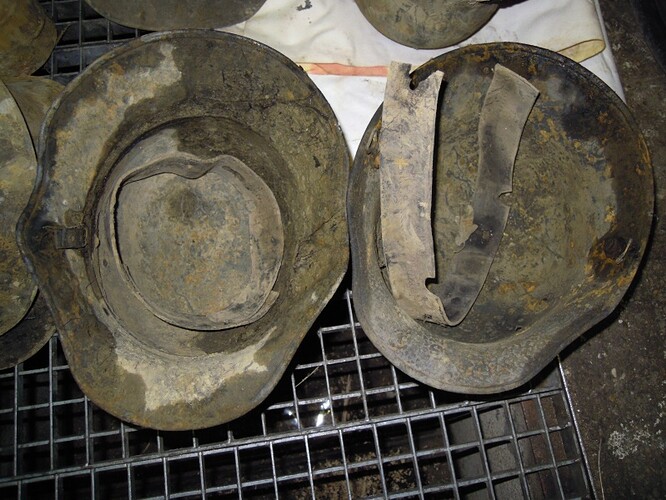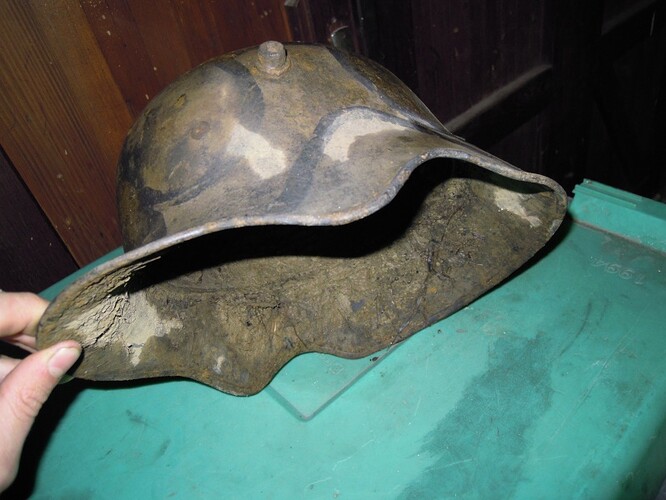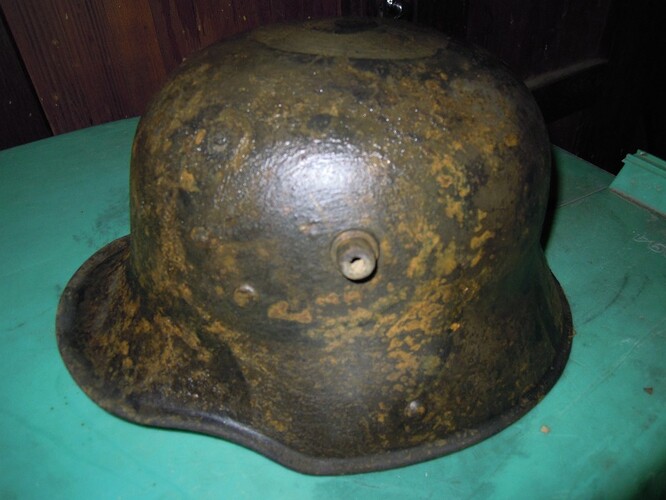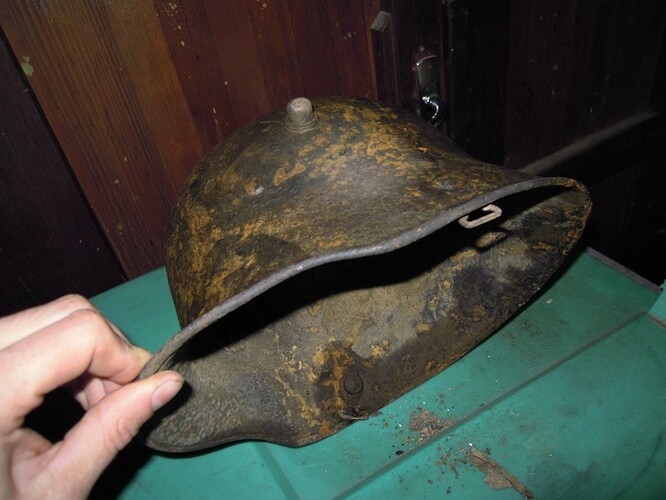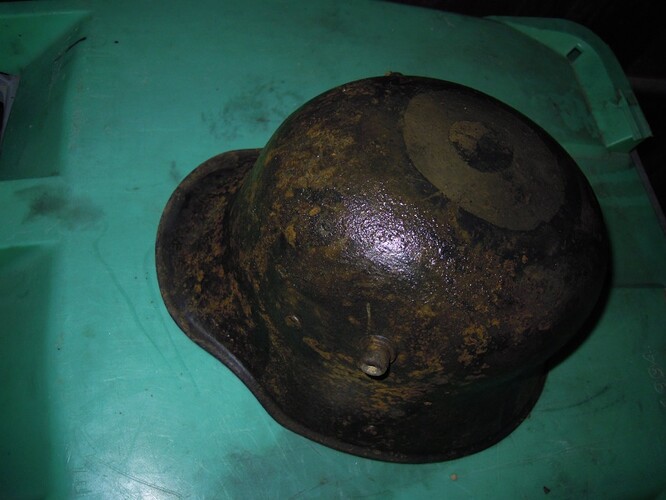I cant imagine in this day and age that anyone holding one of these vehicles doesnt know its huge value.
This is the Littlefeild Panther , before the restoration and it is from Poland.
Cheers
Panzer C
It was mislabelled where I found it then but “Poland” would explain the presence of the Mercedes Benz. :lol:
Now why can’t I find one of those in the junk yards here?
I’d settle for just a Grant, but the Panther looks so much more businesslike.
Deaf
Su 76’s, (commonly called “bitches” by their Russian crews because of handling and maintenance issues) were relatively common, many having been sold-off to various Arab and African nations after WW2. However, because they were usually converted from T70 or T70-A tanks, their numbers are reasonably limited, since only about 11000 T70’s of either mark were produced, and few enough of those remain, probably less than 500 examples spread between SU76’s and T70’s.
Regards, Uyraell.
Why not just reproduce a Panther in GRP-composite? The thing would run on an ordinary Perkins or Cummins diesel, and a gas discharge unit could be made to simulate the firing of the main weapon.
I’d guess producing the first example wouldn’t cost more than about 50 to 70 thousand dollars, and let’s face it, as recreation, it would beat 7 colours of hell out of owning a boat, for excitement and enjoyment. 
Regards, Uyraell.
Somebody posted this on the photo site yesterday:
A knocked-out Panther in Normandy…
…and how it -in parts- was/is used by the French these days:
LOL I was looking for that pic as it’s been posted here before. Ironically, I would think the Panther’s ticky power-train might not make the best chassis/platform for a crane…
There is always a collector who will want this somewhere in the world, possibly Russia.
Another one posted on the photo site. Incredible condition on this Panzer III found in Russia.
The above was on another site as well, if the original poster was been serious then it was up for sale at $600,000. Back in 2003 so i think it was snapped up by now, nuts.
This tank was manufactured in July 1942 and abondoned in November 1942. All of its original equipment is still there in great condition.
Thank you for sharing this story with us, I think it is GREAT!
Posted today on the photo site:
Image and info from www.militaryphotos.net
STUART TANK FOUND UNDER FRENCH ROAD
A World War II U.S. tank that was part of the 1944 D-Day invasion force that recaptured France was discovered buried under a street at Chartres, 90 km southwest of Paris in 2009. The M5 Belonged to Company B 31st Tank Bn 7th Armored Division. Apparently, after being hit by a Panzerfaust in the right track, the crew got out alive, but had to hide for 3 days before getting to the lines of the 23rd Armored Infantry Bn…
After being abandoned the M5 was further demolished by Wehrmacht Engineers before they withdrew from the area. American Engineers bulldozed it into a bomb crater to get it out of the way.
Well guys this isn’t WW2 but actually WW1.I found these photo’s at war relic’s forum.The thread is fairly recent dated 3-14-2011.
I’m sharing here with the WW1 aficionados,what i think is the most incredible find for a couple of years ,in our soil of France.
A member of my french forum digged this stuff last week,in a kind of dump site.
This is not something our eyes are able to see without instantly crying…
And it’s only the beginning,he’s today back on the place and keep on diggin’!!
This dump was located after reading french soldiers mails and asking the old,old,old “pecnots”(french word for farmers…)if they had some souvenirs;And it paid!
The guy doesn’t even need a MD!
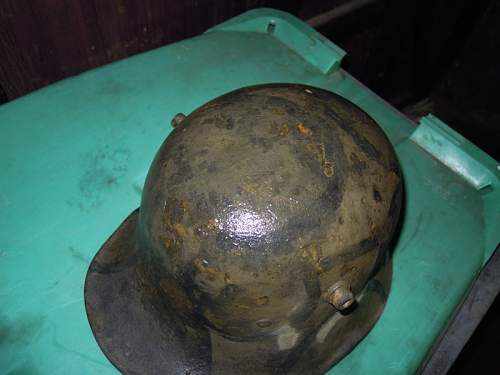
Impressive, you can still see the field-made camo painting on this so-called cavalry helmet.
Nazi warplane lying off UK coast is intact
By Stefano Ambrogi Stefano Ambrogi Fri Apr 8, 5:52 pm ET
LONDON (Reuters) – A rare World War Two German bomber, shot down over the English Channel in 1940 and hidden for years by shifting sands at the bottom of the sea, is so well preserved a British museum wants to raise it.
The Dornier 17 – thought to be world’s last known example – was hit as it took part in the Battle of Britain.
It ditched in the sea just off the Kent coast, southeast England, in an area known as the Goodwin Sands.
The plane came to rest upside-down in 50 feet of water and has become partially visible from time to time as the sands retreated before being buried again.
Now a high-tech sonar survey undertaken by the Port of London Authority (PLA) has revealed the aircraft to be in a startling state of preservation.
Ian Thirsk, from the RAF Museum at Hendon in London, told the BBC he was “incredulous” when he first heard of its existence and potential preservation.
“This aircraft is a unique aeroplane and it’s linked to an iconic event in British history, so its importance cannot be over-emphasized, nationally and internationally,” he said.
“It’s one of the most significant aeronautical finds of the century.”
Known as “the flying pencil,” the Dornier 17 was designed as a passenger plane in 1934 and was later converted for military use as a fast bomber, difficult to hit and theoretically able to outpace enemy fighter aircraft.
In all, some 1,700 were produced but they struggled in the war with a limited range and bomb load capability and many were scrapped afterwards.
Striking high-resolution images appear to show that the Goodwin Sands plane suffered only minor damage, to its forward cockpit and observation windows, on impact.
“The bomb bay doors were open, suggesting the crew jettisoned their cargo,” said PLA spokesman Martin Garside.
Two of the crew members died on impact, while two others, including the pilot, were taken prisoner and survived the war.
“The fact that it was almost entirely made of aluminum and produced in one piece may have contributed to its preservation,” Garside told Reuters.
The plane is still vulnerable to the area’s notorious shifting sands and has become the target of recreational divers hoping to salvage souvenirs.
The RAF museum has launched an appeal to raise funds for the lifting operation.
(Editing by Steve Addison)
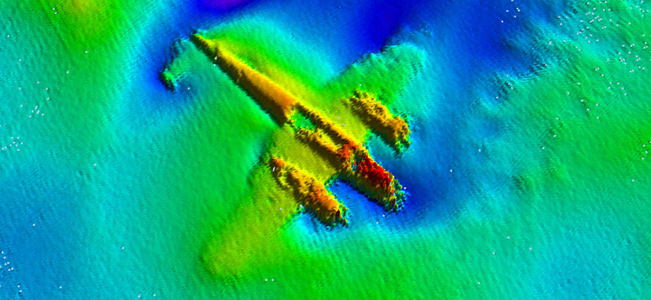
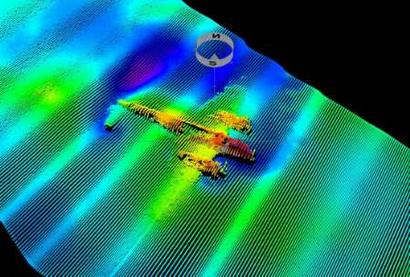

I know, right? You took the words right out of my mouth!
Last week at Warden, a village in my neighborhood, this glider pilot was very lucky when he had to perform a forced landing on an acre - just beside a German 88mm AT shell. The reason for the forced landing was lacking altitude of his aircraft…well, he almost got extra altitude since the shell was still hot according to the disposal unit…

photo:www.az-web.de
Another bomb was found and disarmed yesterday evening during construction works in the outskirts of my hometown Aachen. According to the bomb squad it’s a British 1,000 lb (500 kg) bomb. Eleven blocks had to be evacuated. I wonder how many more of these are still hidden around here…




All photos by Ralf Roeger/Aachener Zeitung
Dang! That’s freaking scary!


